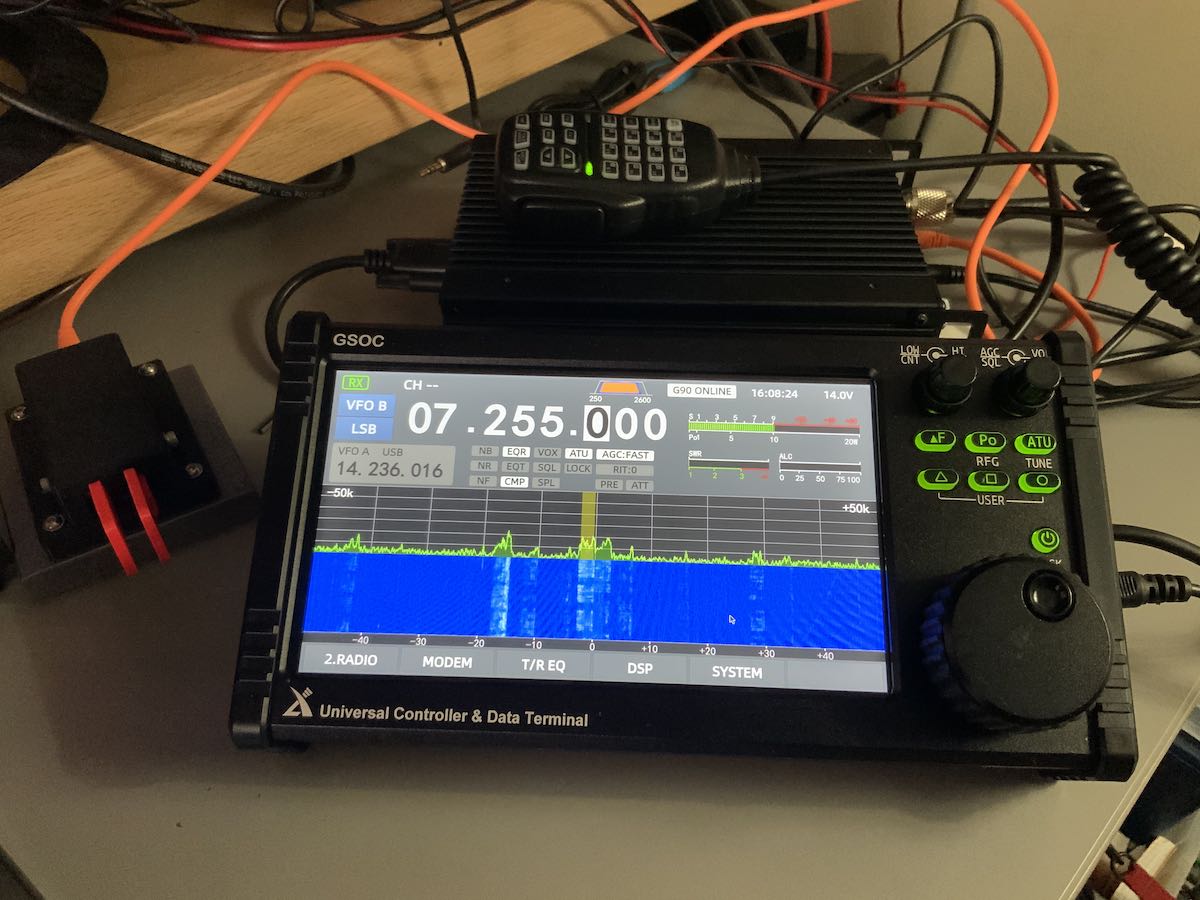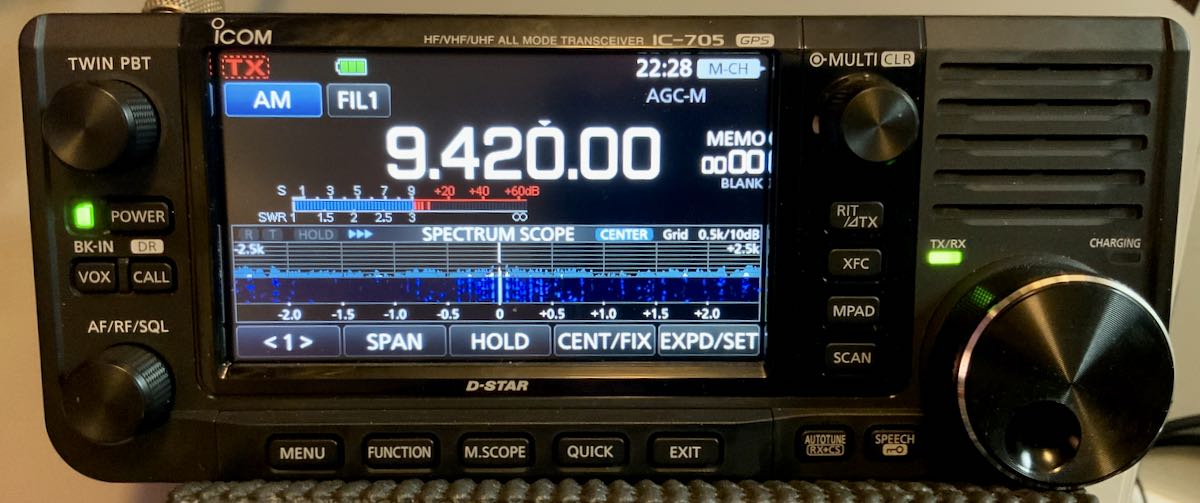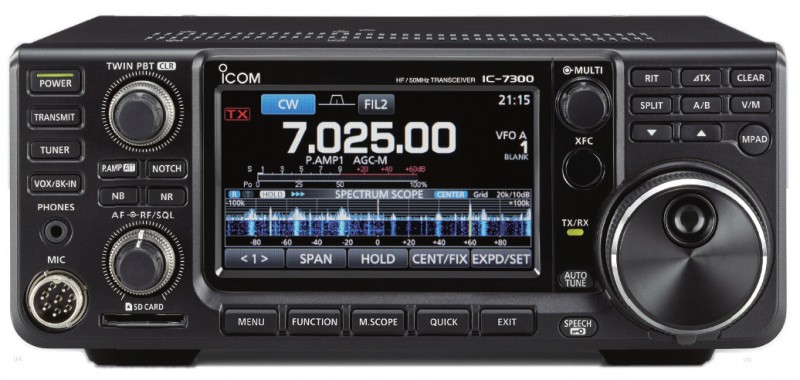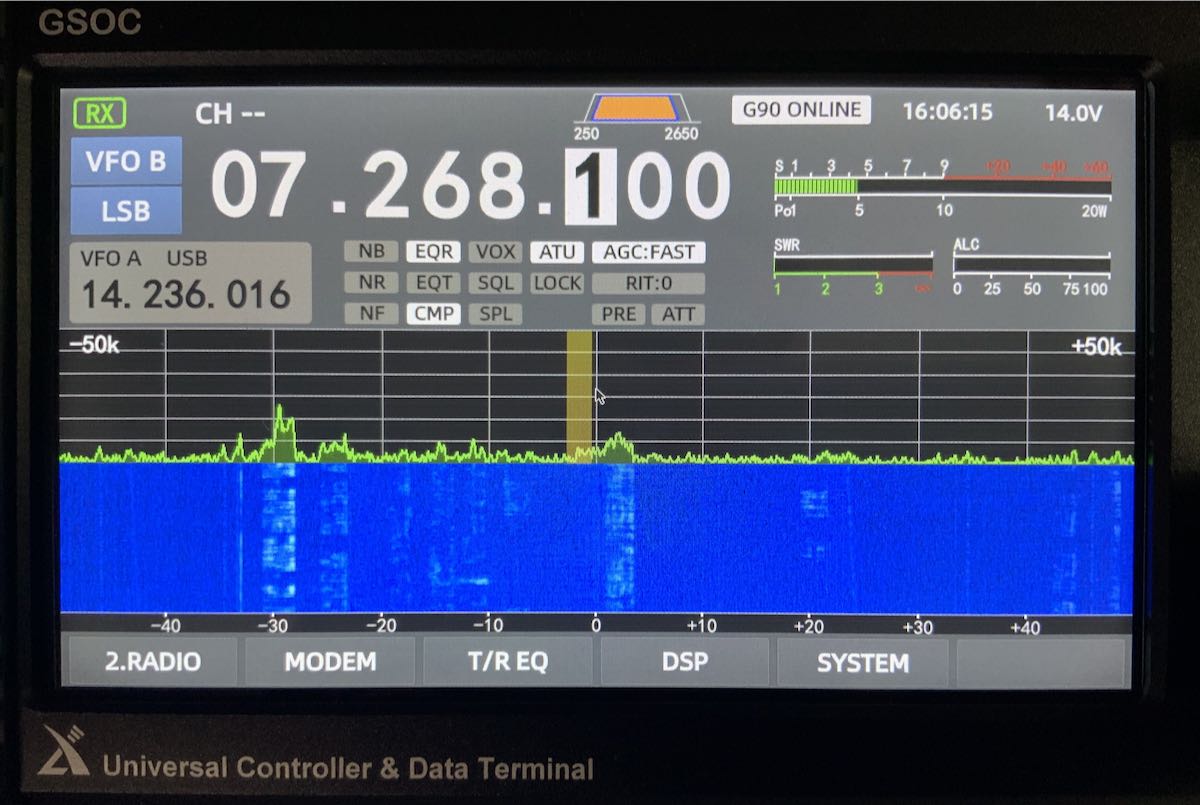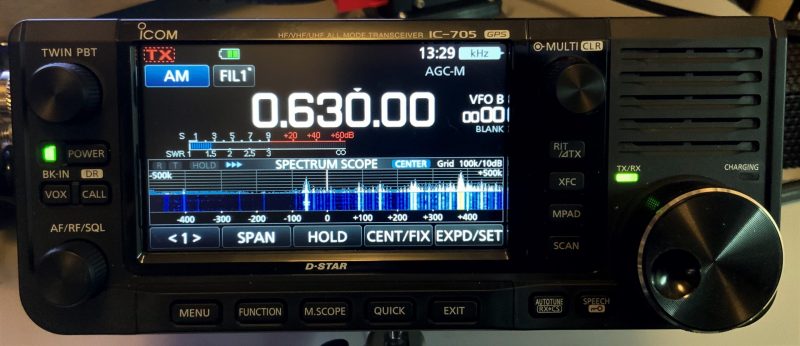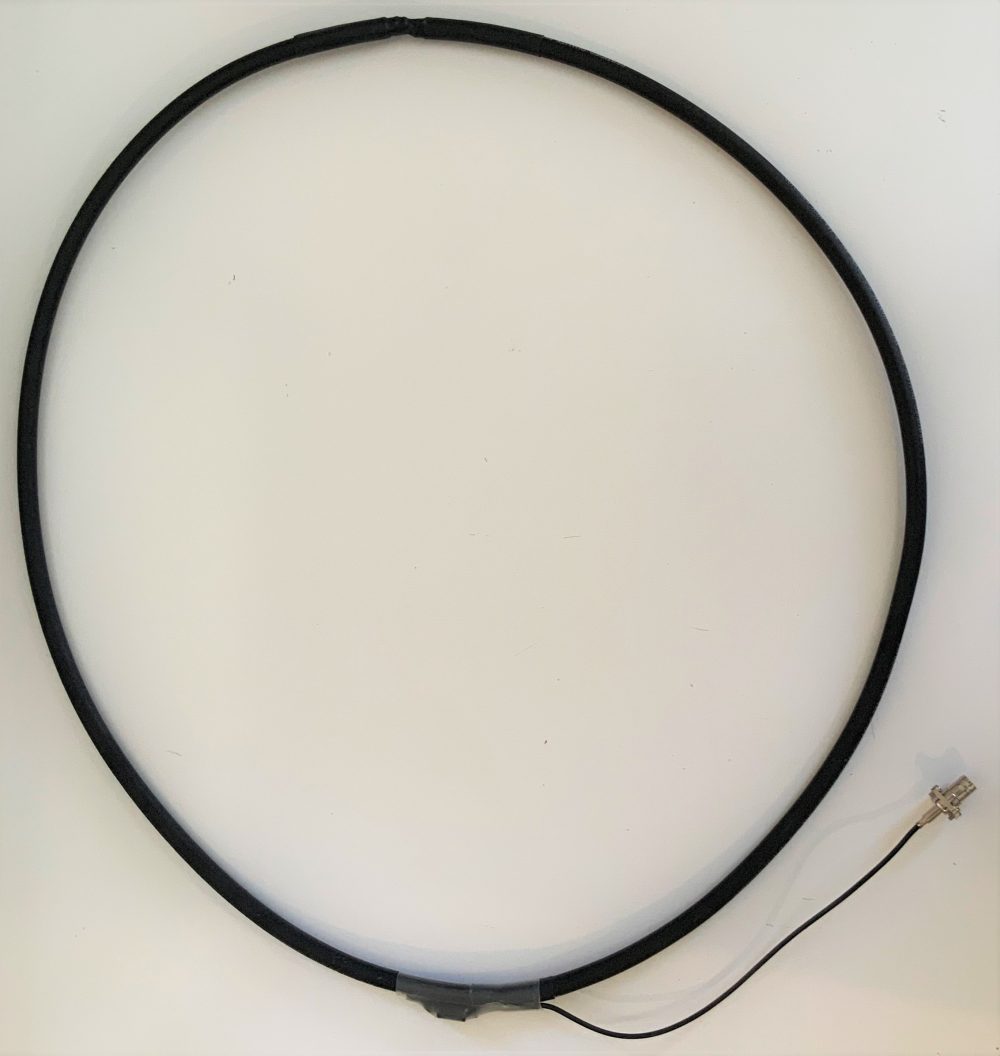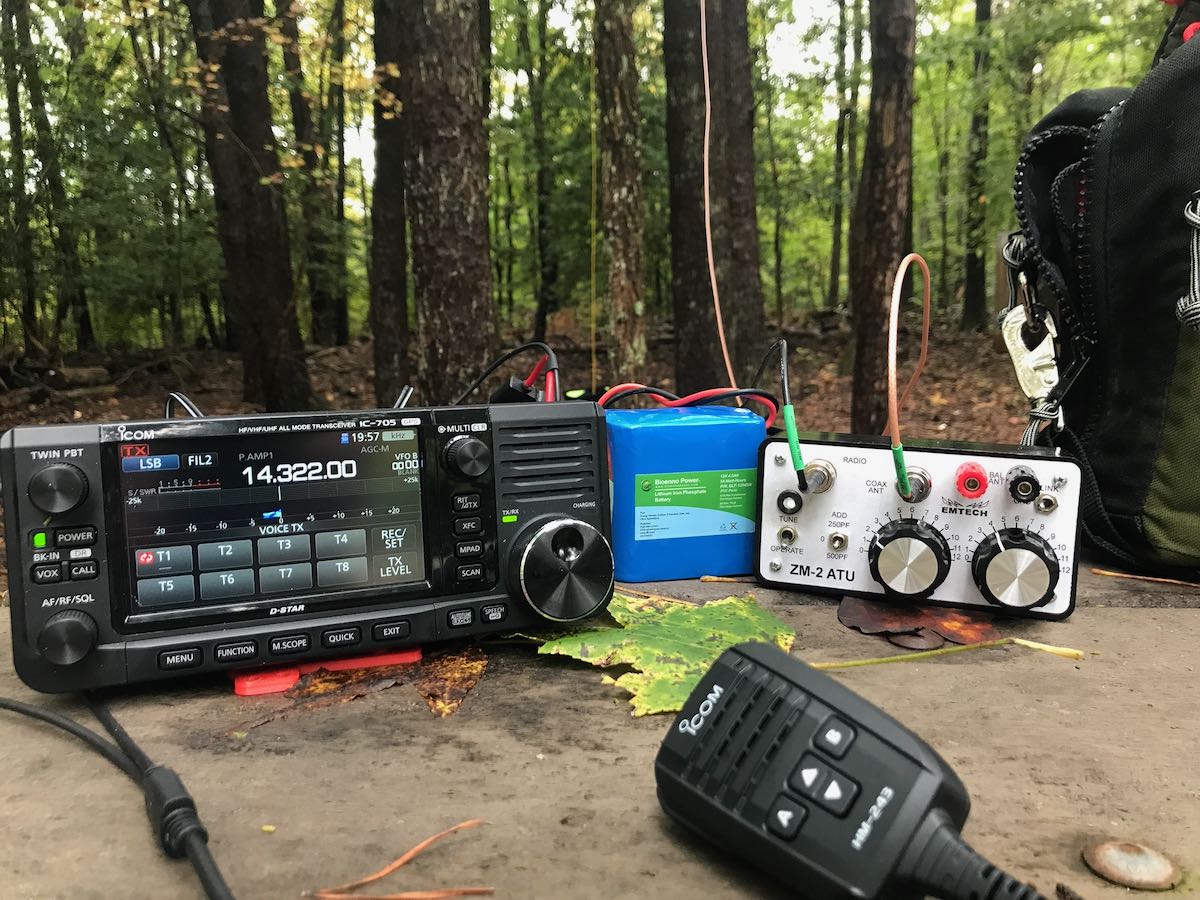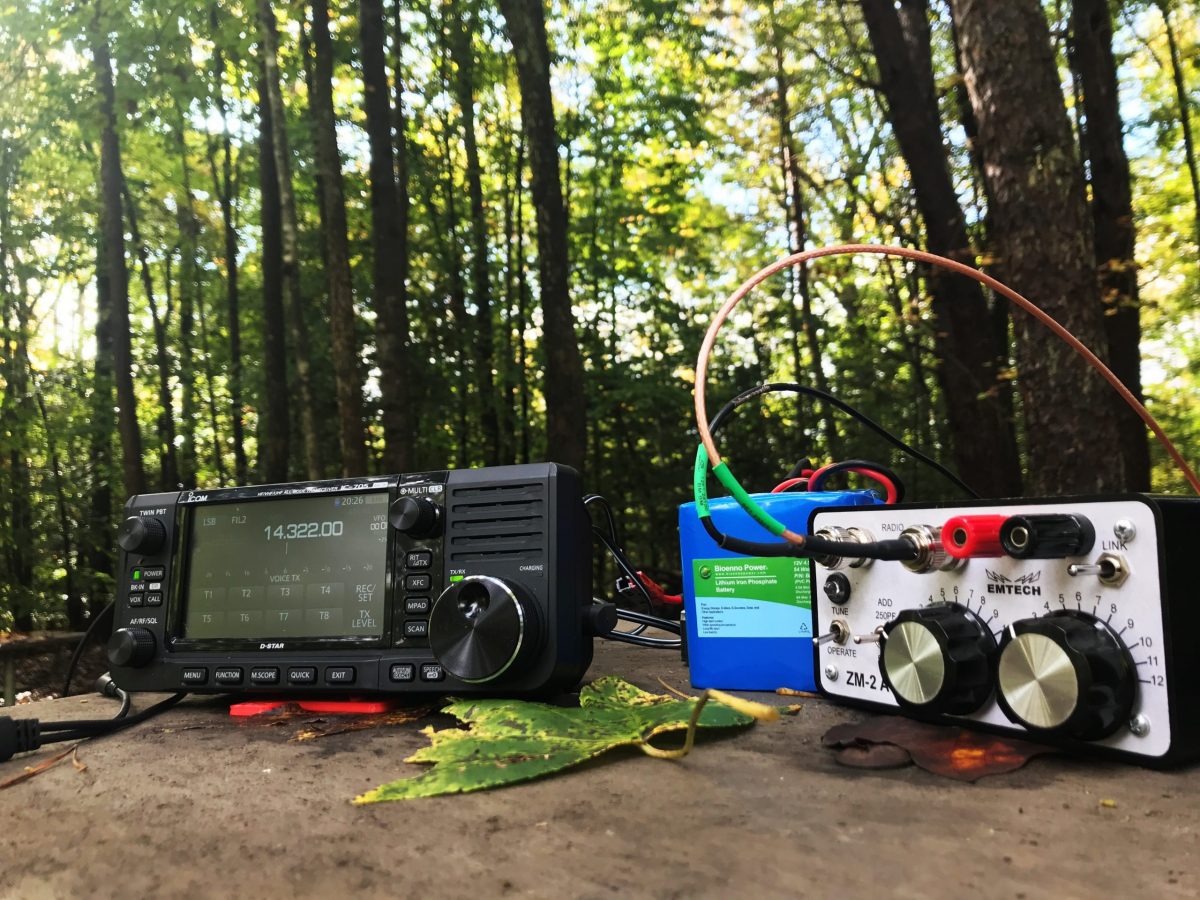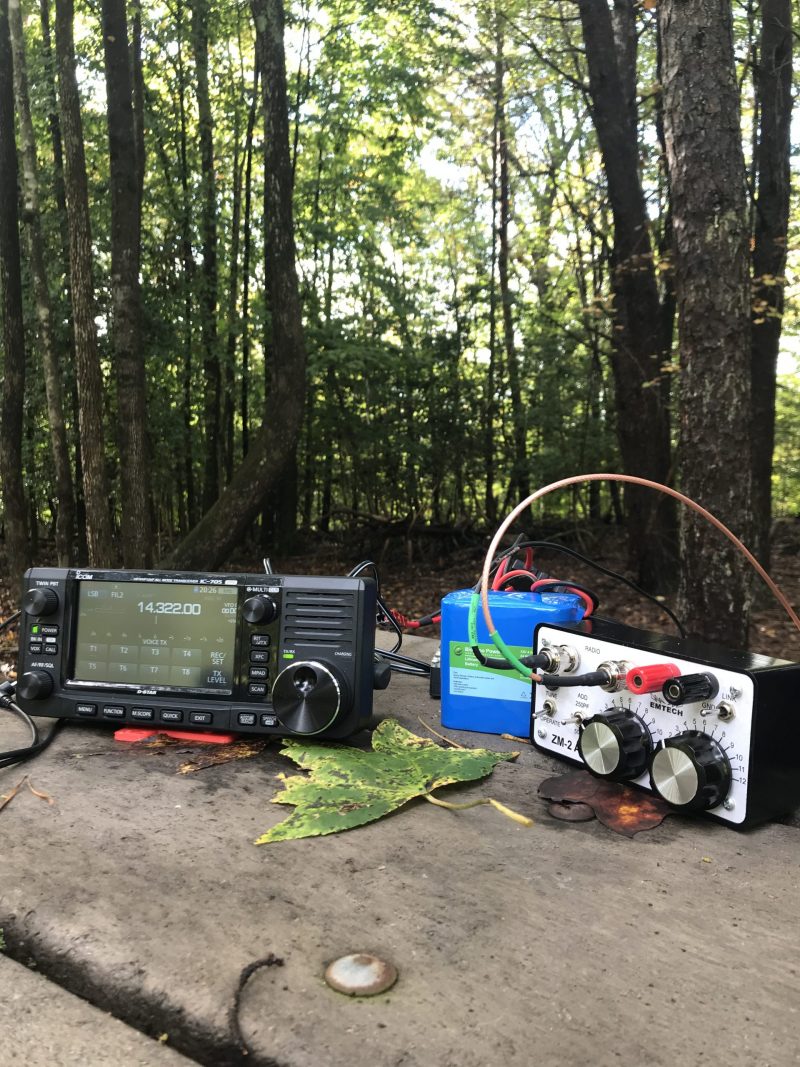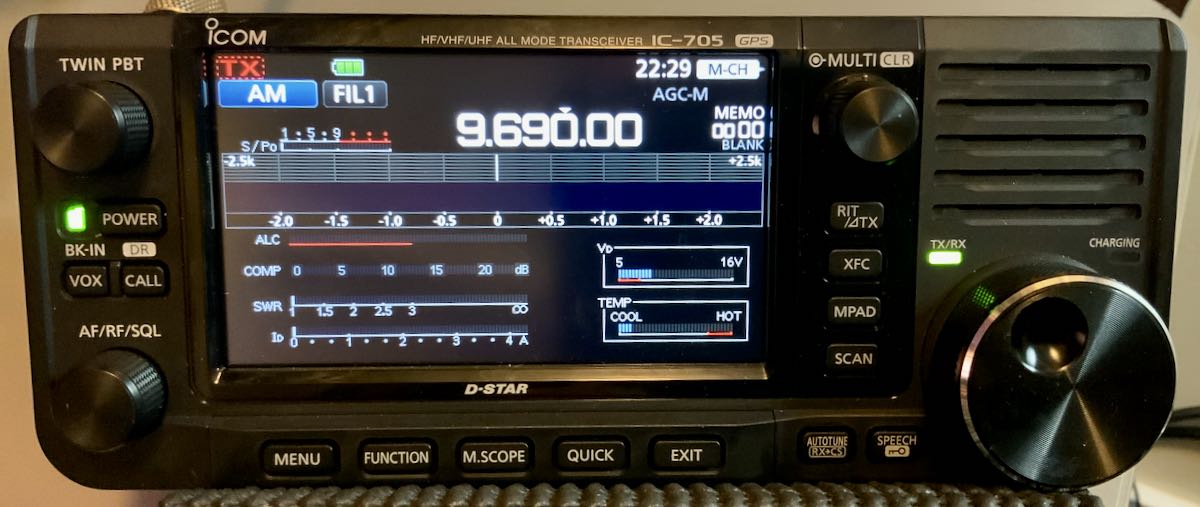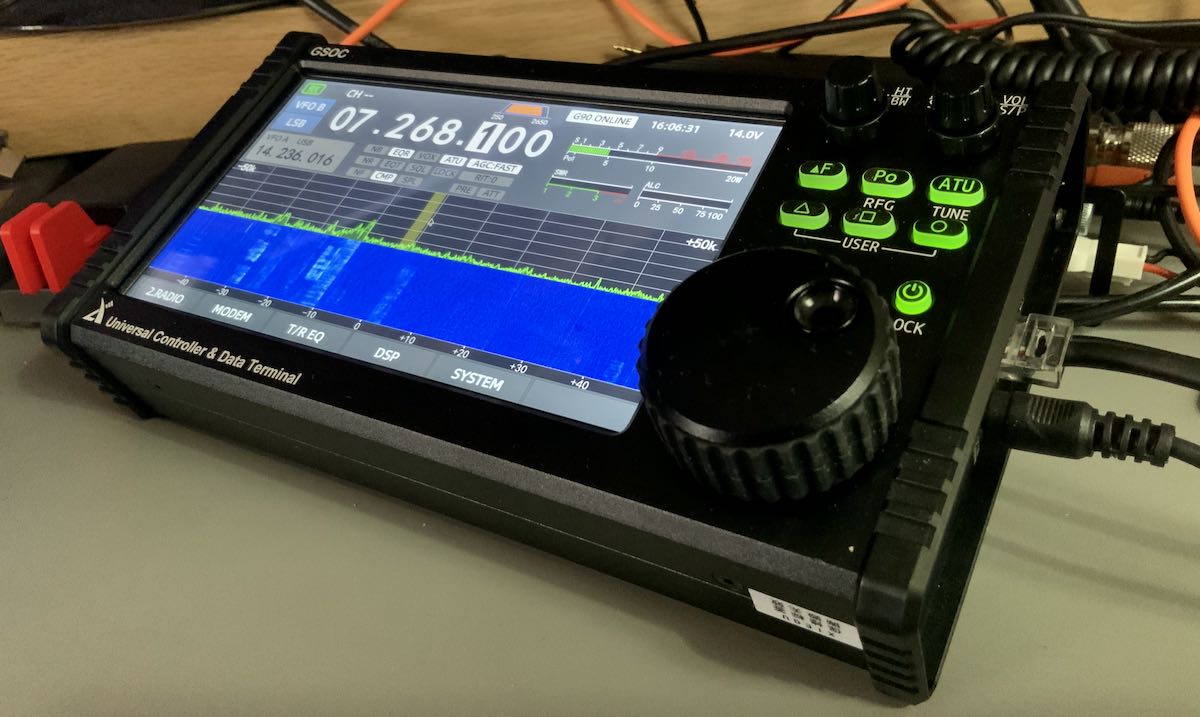 I was recently asked to make a table comparing the basic features and specifications of the new Xiegu GSOC/G90 combo, and comparing it with the Icom IC-7300 and IC-705.
I was recently asked to make a table comparing the basic features and specifications of the new Xiegu GSOC/G90 combo, and comparing it with the Icom IC-7300 and IC-705.
This is by no means a comprehensive list, and I plan to add to it as I test the GSOC. It doesn’t include some of the digital mode encoding/decoding features yet. I’m currently waiting for the next GSOC firmware upgrade (scheduled for November 20, 2020) before I proceed as it should add mode decoding, audio recording, fix CW mode latency, and add/fix a number of other items/issues.
Comparison table
Quick summary of comparison
At the end of the day, these radios are quite different from each other. Here’s a quick list of obvious pros and cons with this comparison in mind:
Xiegu GSOC G90 combo ($975 US)
Pros:
- The GSOC’s 7″ capacitive touch screen is the biggest of the bunch
- The GSOC can be paired with the G90 or X5101 transceivers (see cons)
- The GSOC controller is connected to the transceiver body via a cable, thus giving more options to mount/display in the shack
- The G90 transceiver (read review) is a good value and solid basic transceiver
- Upgradability over time (pro) though incomplete at time of posting (con)
- GSOC can be detached, left at home, and G90 control head replaced on G90 body to keep field kit more simple (see con)
Cons:
- The GSCO is not stand-alone and must be paired with a Xiegu transceiver like the Xiegu G90 or X5105. The X5105 currently has has limited functionality with the GSOC but I understand this is being addressed. (see pro)
- I don’t believe the GSOC can act as a sound card interface if directly connected with a computer (I will correct this if I discover otherwise). This means, for digital modes, you may still require an external sound card interface
- No six meter coverage like the IC-7300 and IC-705
- Quite a lot of needed cables and connections if operating multiple modes; both GSOC and G90 require separate power connections
- At time of posting, a number of announced features missing in early units, but this should be addressed with a Nov 20, 2020 firmware upgrade
- Replacing and removing G90 control head requires replacing four screws to hold in side panels and secure head to transceiver body (see pro)
Icom IC-7300 ($1040 US)
Pros:
- Built-in sound card interface for for easy digital mode operation
- Excellent receiver specifications (click here to view via Rob Sherwood’s table)
- Possibly the most popular transceiver Icom has ever made (thus a massive user base)
- Well thought-through ergonomics
- Includes six meter operation and expanded RX frequencies (compared with G90/GSOC); high frequency stability
Cons:
- The heaviest of this group (con), but it is a 100 watt transceiver (pro)
- Smaller display than the GSOC
- Touch sensitive display (not capacitive like the GSOC)
- Faceplate not detachable like the G90
Icom IC-705 ($1300 US)
Pros:
- Built-in sound card interface for for easy digital mode operation
- Excellent receiver specifications (click here to view via Rob Sherwood’s table)
- Can use swappable Icom HT battery packs
- Well thought-through ergonomics, but on that of the IC-7300
- Includes six meters and VHF/UHF multi-mode operation with high frequency stability
- Includes D-Star mode
- Includes wireless LAN, Bluetooth, and built-in GPS
- Weighs 2.4 lbs/1.1 kg (lightest and most portable of the bunch)
Cons:
- No internal ATU option
- Maximum of 10 watts of output power
- The priciest of this bunch at $1300 US
In short, I’d advise those looking for a 100 watt radio, to grab the Icom IC-7300 without hesitation. It’s a solid choice.
If you’re looking for the most portable of these options, are okay with 10 watts of maximum output power, and don’t mind dropping $1300 on a transceiver, the Icom IC-705 is for you. You might also consider the Elecraft KX3, Elecraft KX2, and lab599 Discovery TX-500 as field-portable radios. None of them, however, sport the IC-705 display, nor do they have native VHF/UHF multimode operation (although there is a limited KX3 2M option). The IC-705 is the only HF QRP radio at present that also has LAN, Bluetooth, and built-in GPS. And, oh yes, even D-star.
If you’re a fan of the Xiegu G90 or already own one, give the GSOC controller some consideration. It offers a more “modular” package than any of the transceivers mentioned above in that the controller and G90 faceplace can be swapped on the G90 body. The GSOC screen is also a pleasure since there are two USB ports that can connect a mouse and keyboard (driver for mine were instantly recognized by the OS). The GSOC/G90 combo is a bit “awkward” in that a number of cables and connections are needed when configured to operate both SSB and CW: a CW key cable, Microphone cable, I/Q cable, serial control cable, power cable for the GSOC, and a power cable for the G90. This doesn’t include the cables that might be needed for digital operation. I dislike the fact that the CW cable can only be plugged into the transceiver body instead of the GSOC controller like the microphone. Still: this controller adds functionality to the G90 (including FM mode eventually) that may be worth the investment for some.
Did I miss something?
I’ll update this list with any obvious pros/cons I may have missed–please feel free to comment if you see a glaring omission! Again, these notes are made with a comparison of these three models in mind, not a comprehensive review of each. I hope this might help others make a purchase decision.


